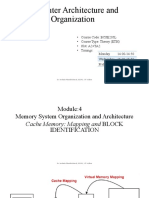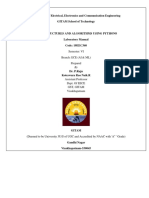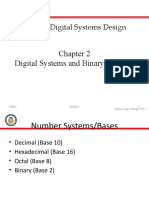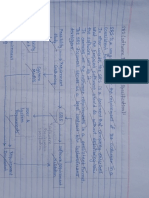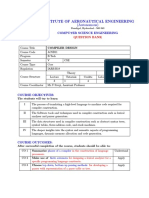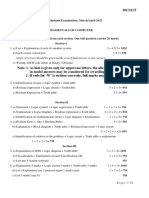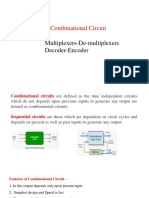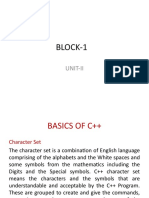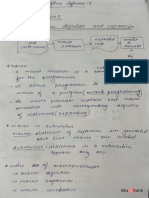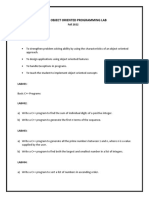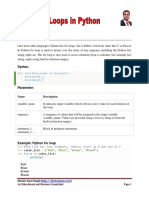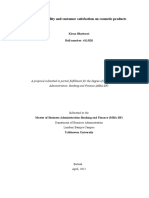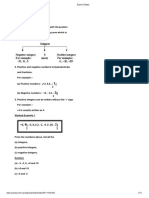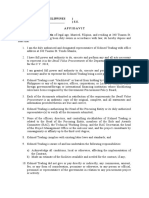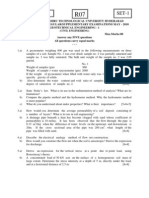0% found this document useful (0 votes)
116 views25 pagesChapter 4 Operators
The document discusses different C++ operators including arithmetic, relational, logical, and assignment operators. It provides examples of using each operator type and explains operator precedence. Key points covered include:
- Arithmetic operators include +, -, *, /, and %
- Relational operators compare values and return true or false
- Logical operators AND, OR, and NOT are used to combine conditional statements
- Assignment operators like += assign values while performing another operation
- Increment and decrement operators change a value by 1 before or after an expression
Uploaded by
waleed albashaCopyright
© © All Rights Reserved
We take content rights seriously. If you suspect this is your content, claim it here.
Available Formats
Download as PPTX, PDF, TXT or read online on Scribd
0% found this document useful (0 votes)
116 views25 pagesChapter 4 Operators
The document discusses different C++ operators including arithmetic, relational, logical, and assignment operators. It provides examples of using each operator type and explains operator precedence. Key points covered include:
- Arithmetic operators include +, -, *, /, and %
- Relational operators compare values and return true or false
- Logical operators AND, OR, and NOT are used to combine conditional statements
- Assignment operators like += assign values while performing another operation
- Increment and decrement operators change a value by 1 before or after an expression
Uploaded by
waleed albashaCopyright
© © All Rights Reserved
We take content rights seriously. If you suspect this is your content, claim it here.
Available Formats
Download as PPTX, PDF, TXT or read online on Scribd
/ 25

